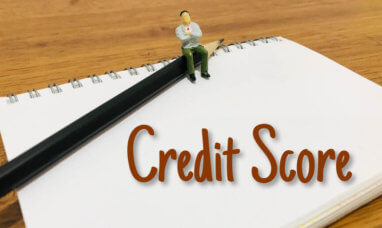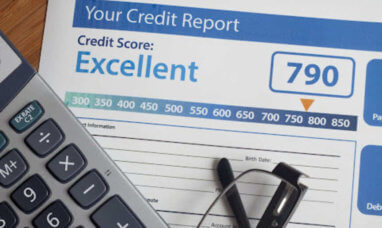Being able to read your credit report is essential for having an understanding of your financial situation and credit history. However, if you don’t know what to look for, it can be difficult.
While it might seem intimidating at first, breaking down the information in the credit report, and learning how to read a credit report, is much easier than many people think.
The credit report essentially is a detailed record of an individual’s credit history. It’s essential to pay attention to your credit history because it’s a necessary component of your credit score.
How to Get Your Free Credit Card Information
You can get access to your credit report from three main reporting bureaus. These are Equifax, Experian, and TransUnion. Go to AnnualCreditReport.com and then get access to all three of these reports at once.
How to Read a Credit Report and What to Look For
Getting your credit reports is only the first step in the process. All three credit reports have minor differences in between them. However, three sections can apply to every single credit report.
The sections are as follows:
Personal Information
The very first section of the credit report will include all personal information. These include the name, social security number, and birth date. It will also include both the current and previous addresses and all essential contact information.
In this section, all you need to do is pay attention to all the personal information in the credit report and ensure that everything is correct. Every single portion of the credit report needs to contain information that’s relevant to you.
Any sort of error in the information is a clear indication that your report might be mixed up with someone else’s!
Employer History
Aside from the personal information, the credit report will also contain all information about an individual’s employment history.
The employment history portion isn’t the most essential because it doesn’t have anything to do with your overall credit or debt. However, it’s still a part of your credit report as a means to verify your identity.
Make sure you go through this section as well and ensure that all the information is correct. If you don’t recognize a company name or see employers you’ve never worked for, it’s definitely a reason to contact the credit agency.
Credit History
The largest section of the credit report is your credit history. You need to identify several key features in this component to ensure that everything matches up properly. For first-time viewers, terms like key derogatory and DT might seem intimidating.
Here’s a rundown of all the key terms that you need to be familiar with.
What Does Key Derogatory Mean on a Credit Report?
If an item on the credit report is listed as a key derogatory, then that’s a clear indication of serious delinquency. In addition, it’s likely to have a substantially negative effect on the individuals’ credit score.
What Does DT Mean on a Credit Report?
DT indicates a dormant or an inactive account. There’s nothing wrong with having one or two dormant accounts on your credit report. However, accumulating too many can become an issue.
When you’re viewing the credit report, you’ll also get access to the FICO credit score. The Fico credit score will be calculated according to the amounts owed, the length of credit history, the amount of new credit, and the credit mix.
The section will contain information about any individual voluntary arrangement that will impact the credit rating. It’s essential to keep an eye on the IVAs because they aren’t taken off the credit report even after you pay them. So, when does IVA come off the credit report? The answer to that question is that it takes six years.
If the IVA is not showing up on your credit report, then that’s a good sign! It’s an indication that you have good credit score that is likely to improve in the future.
What Information Is Not Found on Your Credit Report?
While credit reports are very detailed, there’s a lot of information that they don’t contain. For example, the credit report doesn’t contain any information about marital status, medical information, buying habits, or any transactional data.
Even though there’s a lot of financial information in the credit report, the information only pertains to the level of debt in the organization. Any loans that you take or credit card accounts in your name will show up. However, any savings or checking account balances won’t show up. Neither will any investment or transaction records.
If You See Errors, Dispute Them
One of the most important reasons why it’s essential to know how to read through your credit report is to identify any potential errors. These errors can cause further complications down the line when you’re looking to apply for a new card or a loan.
That’s why it’s key to identify any potential issues that you see in the credit report. Once you identify these issues, send an application to the credit bureaus containing all the corrections that you need. You might need to visit the corresponding bureau office to present some documents, but it’s paramount that you correct any errors on your credit report.
Frequently Asked Questions
What Does ND Mean on a Credit Report?
ND refers to no data reported for the period. It appears on the credit history when the credit agencies don’t have any information about the individual’s financial activities during the period.
Do Banks/Institutions Prefer a Particular Bureau?
No, the banks and financial institutions will accept the information from all three credit bureaus. They hold no preference for one particular institution.
Final Thoughts
It’s essential that you learn how to read a credit report and identify any potential errors. Then, after reading the credit report, you’ll be able to better understand the steps you can take to improve your credit score further.
Reading through the credit report will also give you the opportunity to identify if you’re at risk of suffering from fraud. Hopefully, reading through these issues will provide you with the chance to make more informed buying decisions and be more aware of your financial security.
Featured Image: Megapixl







